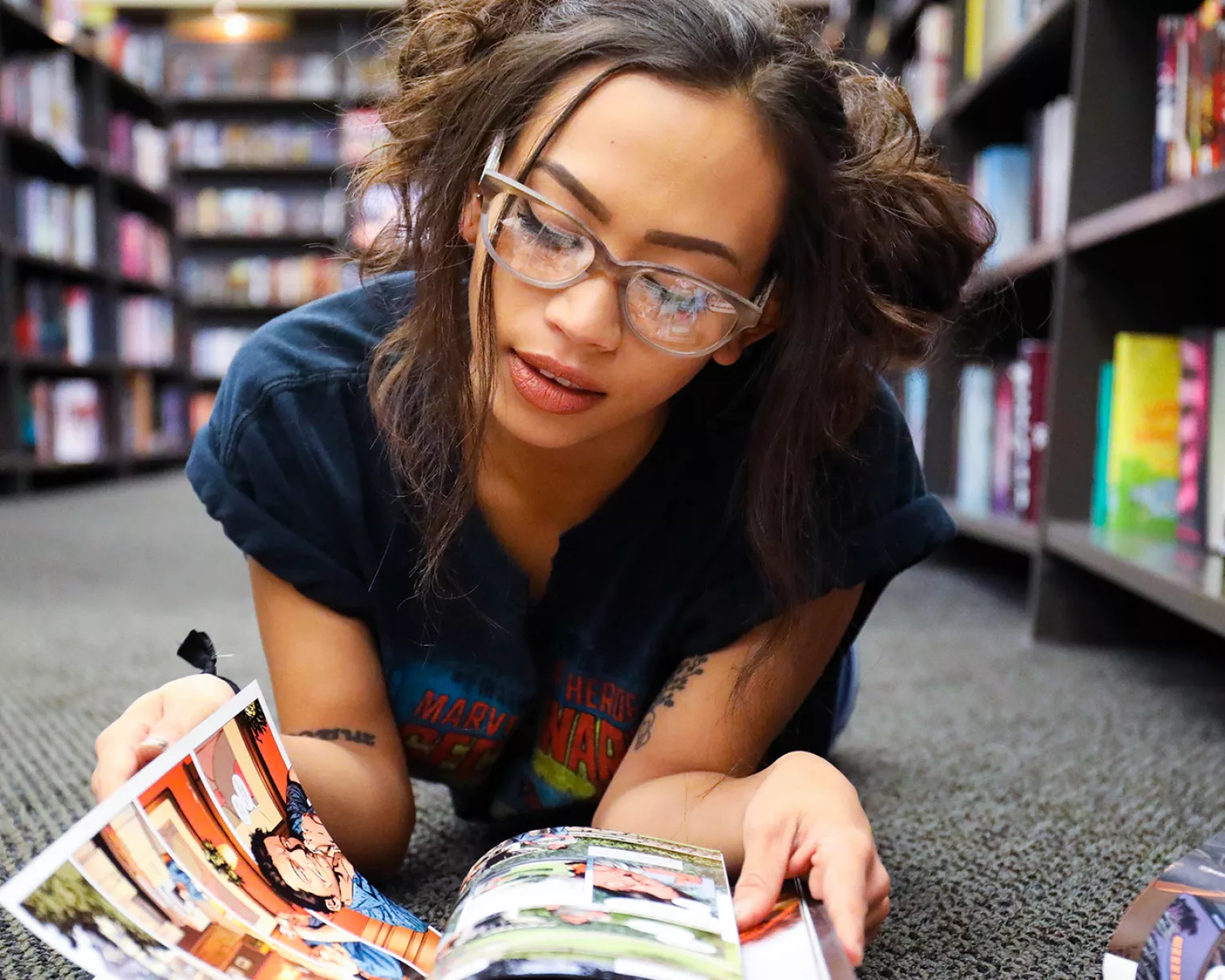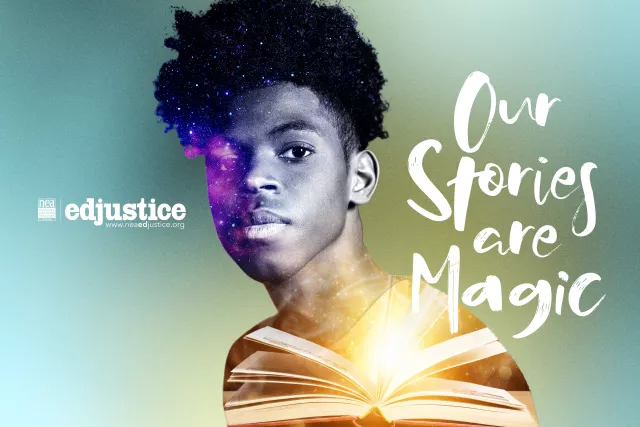Editor’s note: Educators read diverse books so that they can better understand their colleagues, students, and families they serve. The books here are not recommended for students.
Books That Make You Forget About Work
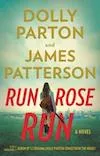
While many of you will still be working one job or another this summer, hopefully you’ll get a few hours under an umbrella somewhere. (Wear sunscreen!)
Last year’s NEA Friend of Education, Dolly Parton, has a new thriller—yes, Dolly Parton co-wrote a book with powerhouse author James Patterson—called Run, Rose, Run: A Novel. The premise has to do with a young singer-songwriter. Check out the multicast audio version, featuring Dolly, country star Kelsea Ballerini, and others.
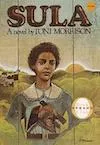
Fifty years ago, Toni Morrison published Sula, a book that follows two Black women who grew up together in an Ohio neighborhood called The Bottom. Last year, HBO announced itwould be turned into a limited series. Read it before it hits the small screen! (Fun fact: Morrison was an educator, too. She taught English at the University at Albany, State University of New York and Howard University, in Washington, D.C., among other schools.)
Books to Celebrate or Understand Juneteenth
June 19 marks the day in 1865 that a U.S. general arrived in Texas—more than two years after the Emancipation Proclamation—to stand and read aloud former President Abraham Lincoln’s order to free all enslaved people, including the quarter-million people still enslaved in Texas. That day, known as Juneteenth, has been a federal holiday since 2021.
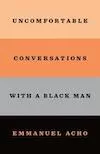
In a video posted last year, author, podcaster, and former NFL player Emmanuel Acho explains its importance: “We talk about July Fourth, Independence Day, but remember, Independence Day was just independence day for [White people], whereas Juneteenth was independence day for another group of people who look differently. As a country, we collectively celebrate July Fourth, and so … it would be wise to collectively celebrate Juneteenth as well.”
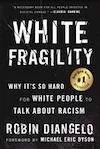
If you’re a White person who doesn’t know how to talk about Juneteenth—or how to address more fundamental, but sometimes uncomfortable, topics around race and racism—check out Acho’s book, Uncomfortable Conversations with a Black Man, recommended by the Michigan Education Association’s (MEA) Center for Leadership and Learning. (Another title used in MEA’s book studies for union members? White Fragility by Robin DiAngelo, which explores why White people are so bad at talking about racism.)
Banned Books: Celebrate the Freedom to Read!
So many choices! The American Library Association recorded more than 1,200 book challenges in 2022, more than double the number reported in 2021. And this year’s number is set to outpace last year’s record high.
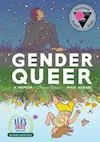
Twilight used to be at the top of banned-book lists for its racy content. Today, those lists are much more likely to feature LGBTQ+ people or People of Color. Indeed, the top two books banned in 2022 were Gender Queer: A Memoir by Maira Kobabe, about identifying outside the gender binary, and All Boys Aren’t Blue: A Memoir-Manifesto by George M. Johnson.
Illinois high school librarian Amanda Shaffer learned to love reading because of a banned book. “I hated reading until I was in early high school,” she says. “A friend basically threw [Twilight by Stephenie Meyer] at me, and I haven’t stopped reading since.”
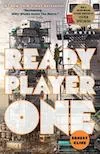
Looking for more banned books? Check out Ready Player One by Ernest Cline, the dystopian novel that was turned into a 2018 blockbuster movie, or Gimme Everything You Got by Iva-Marie Palmer—described as one part Judy Blume and one part Amy Schumer.
Books that Will Make You a Better Educator
Yes, it’s summer. But an educator is an educator every day, every week, and every season of the year. This is a great time to work on your craft, using a book recommended by a peer.
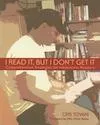
California teacher Gillian Brittan says, “If you care about learning in your space,” check out Cris Tovani’s books about literacy, such as I Read it, But I Don’t Get It, or Why Do I Have To Read This.
The Geranium on the Windowsill Just Died But Teacher You Went Right On by Albert Cullum is an oldie, says retired Nebraska teacher Maureen Kowker, but it still feels relevant as NEA members work to connect with students and make their lessons relevant and engaging.
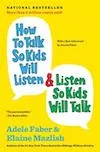
Others recommended by NEA members include How to Talk So Kids Will Listen & Listen So Kids Will Talk (also useful for parents!)by Adele Faber and Elaine Mazlish, and the classic texts by Ruby K. Payne, Lisa Delpit, Paulo Freire, and bell hooks.
Editor’s note: Educators read diverse books so that they can better understand their colleagues, students, and families they serve. The books here are not recommended for students.
